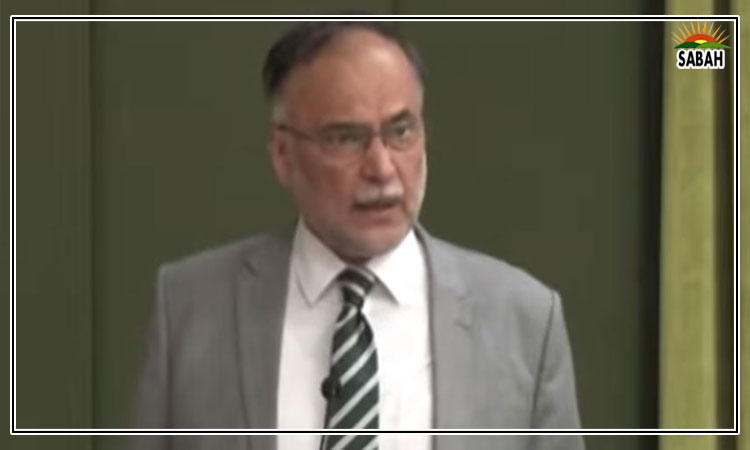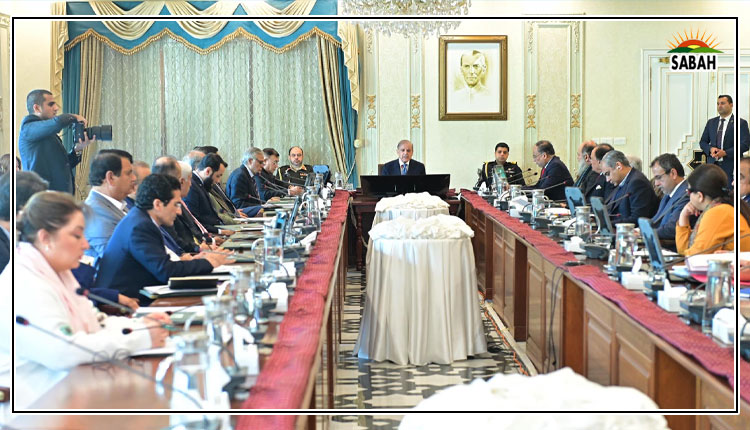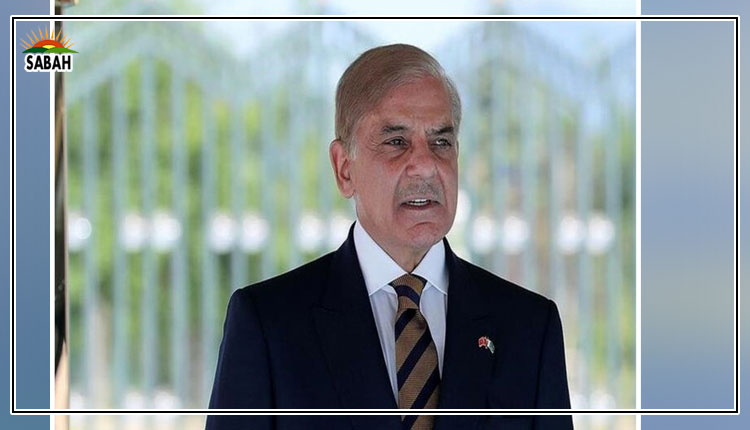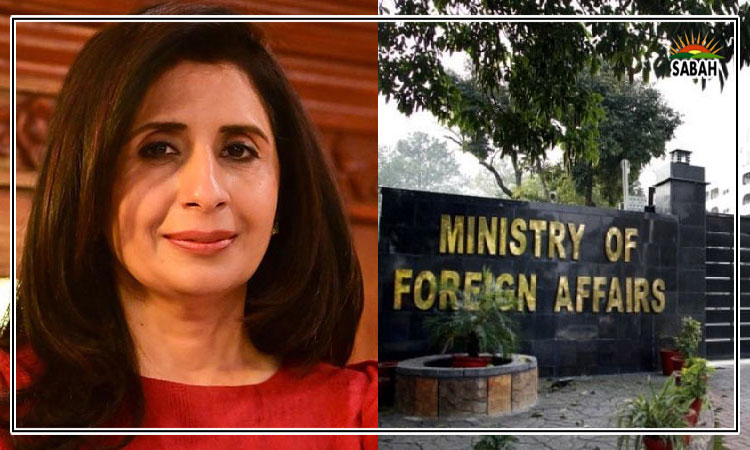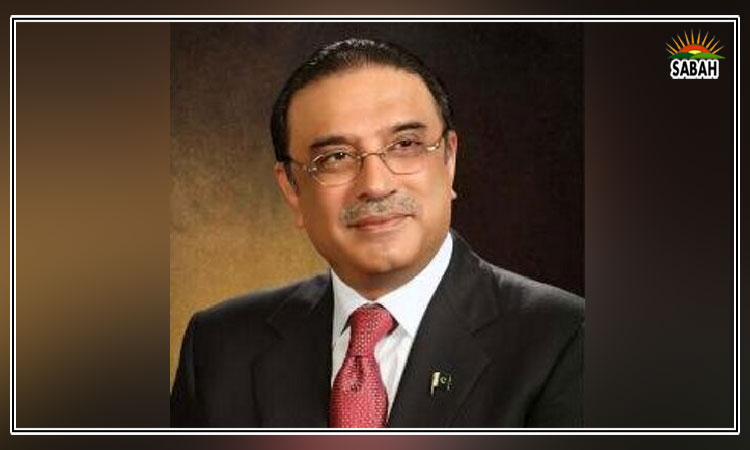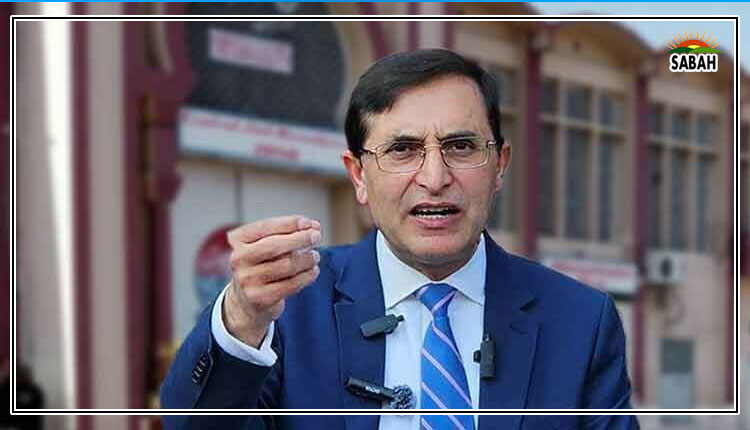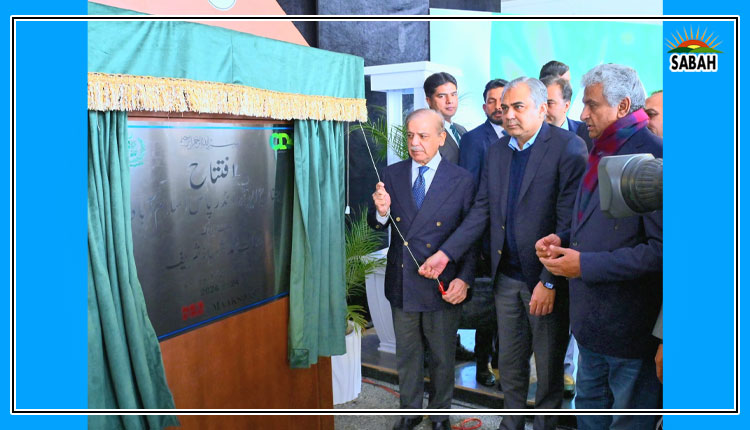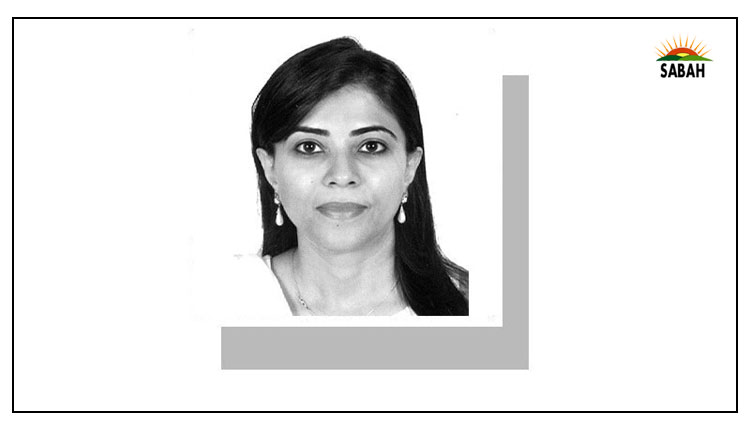People behind the numbers…Arifa Noor
HE was sitting quietly at his desk, looking a little dishevelled. But in a noisy newsroom no one noticed till a colleague asked if he had been mugged. Yes, he had been. This was a colleague at Dawn News. The previous night around 10:30, he and a friend were held up by men with guns. His wallet and their phones were taken. The area was crowded but that didnt prove to be a deterrent.
Apparently, this too is part of the pattern, he was told. Muggings and other street crimes now happen in crowded areas, rather than lonely ones.
I didnt get all the details of what happened because the focus did not remain on Ehteshams experience for long; it was as if the floodgates had been opened. One after the other came stories of similar incidents.
Everyone in the office had a story to tell, of muggings and theft. In every neighbourhood, it seems, crime is increasing. In fact, muggings were the least of the problem; for the guns involved in these street crimes mean every incident can easily turn into a murder.
Another colleague told the story of his neighbourhood where a young boy was taking an evening walk. Confronted by criminals, he tried to resist handing over money and phone, only to be shot dead.
We dont just have a crime problem but also an illegal gun problem.
These incidents have been steadily increasing in Islamabad. And for its residents, this is discomforting, for the city was always a little cleaner and safer than the other big metropolises of Pakistan.
It was the price we paid for living in a village masquerading as a city but most of us were fine with the exchange. If the food was terrible in our sleepy hole, we had hiking trails. If it was quiet, it also seemed more secure.
The food hasnt gotten any better, but we are now wondering where the increasing numbers of petty street crime will end up. The downslide began a while ago. At the beginning of this year, Dawns Munawer Azeem reported that the citys rural zone emerged as crime hotspots in 2022. The headline was rather alarming but the details even more so.
As an aside, the rural areas of the capital have witnessed the most growth in terms of unplanned developments and housing societies and are perhaps home to a large number of people who cant afford the higher prices and rents of the CDA-planned sectors. It is also in these rural areas where newly established residential hamlets witness considerable construction activity, fewer inhabited houses and lax security.
Even if one didnt know this, the Dawn story makes it clear it is not referring to small villages. The reference is to places such as Ghouri Town, Burma Town, Taramri Chowk all urban areas, frequented by many residents of this city.
The rest of the year didnt bring any better news. In April of this year, the paper and the writer told us that in March alone, two criminal activities were reported to the police every hour! Not all of them led to FIRs. This is how they keep the numbers down and themselves looking good.
My colleague was mugged at 10:30 pm, which by Pakistani standards isnt all that late. The ones on the other side have also figured this out.
Once again, Dawn (and Azeem) have informed readers in another story about what constitutes rush hour for robberies six in the evening to midnight. The highest number of robberies take place during this window, while the second most popular slot is from noon to six.
None of this is to suggest that only Islamabad is witnessing this slide. Consider this story filed from Lahore. Published in April, the story by Asif Chaudhry is headlined As economy takes a nosedive, crime rate in Lahore is on the rise. As with what we are witnessing in Islamabad, the story speaks of not just a surge in street crime but also of how 90 per cent of these involve the use of guns.
We dont just have a crime problem, but also an illegal gun problem.
The plight of the people is such that the story says: The criminals are so desperate and fearless of the police action that they are even lifting bicycles . The thieves have taken away 143 bicycles from various parts of the provincial capital during the first three-and-a-half months of this year besides 5,366 motorcycles.
Not all the stories we hear are of petty crimes which accidently turn into violent ones.
A politician tells the story of a young man who approached a local notable and asked if he wanted anyone murdered. He said he would do it for Rs20,000. He had a gun and no food at home, he explained.
All these incidents, personal and newspaper reports, depict the human side of the crashing economy we discuss every day, in our talk shows and drawing rooms. Where numbers go back and forth about the fiscal deficits and growth and unemployment and how difficult things are, there is at times little about what these numbers mean for the individual. The hardships the people face dont just result in misery and helplessness but also violence and chaos. And this is what the increasing crime rates indicate.
Not only does the crime rate go up, it seems that it also disproportionately hurts the middle class, which, too, is struggling with inflation and its destructive impact on their lives.
Perhaps the perpetrator and the victim might have more in common than one realises. Law-enforcement personnel continue to remain busy with ensuring the more privileged parts of cities dont feel the brunt of the growing lawlessness. But beyond a point, no amount of advantage can shield people from the collapse all around.
Courtesy Dawn



